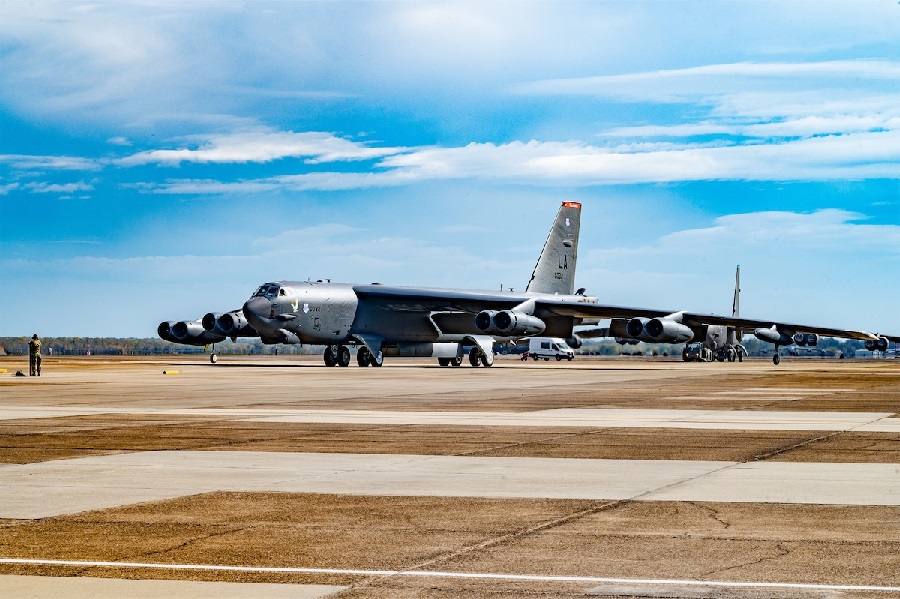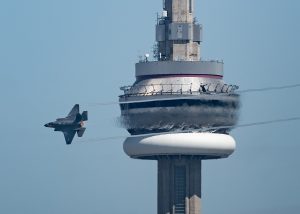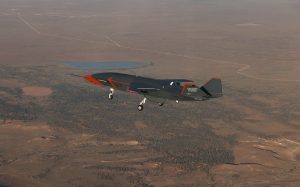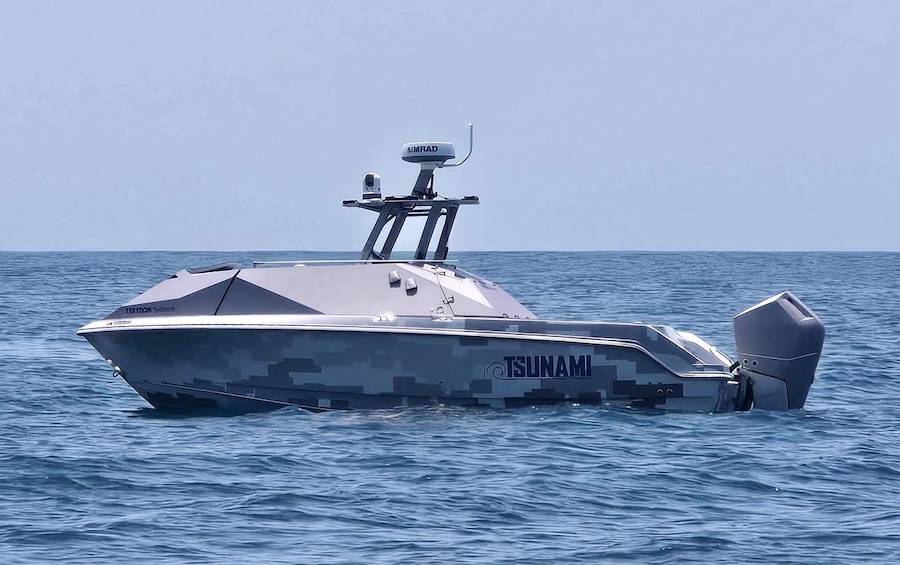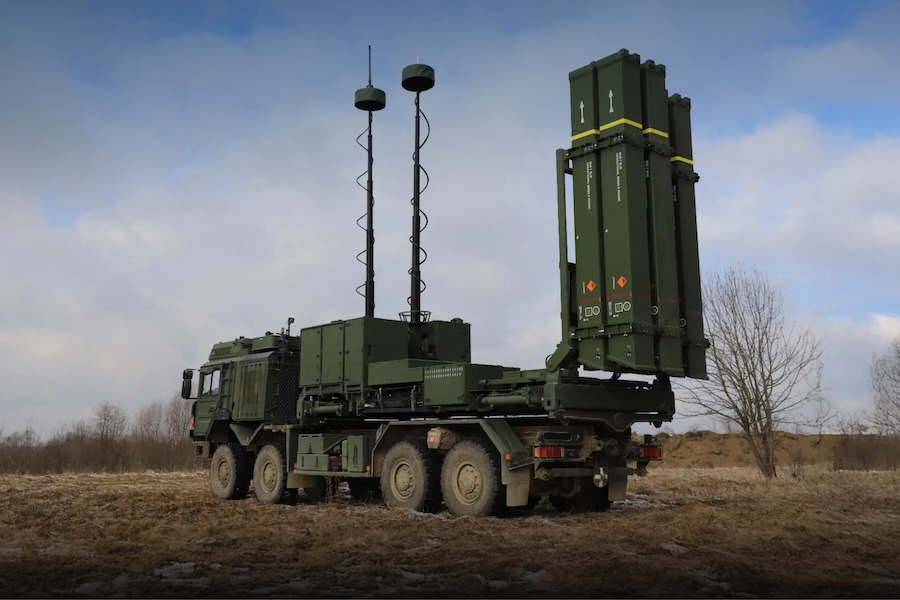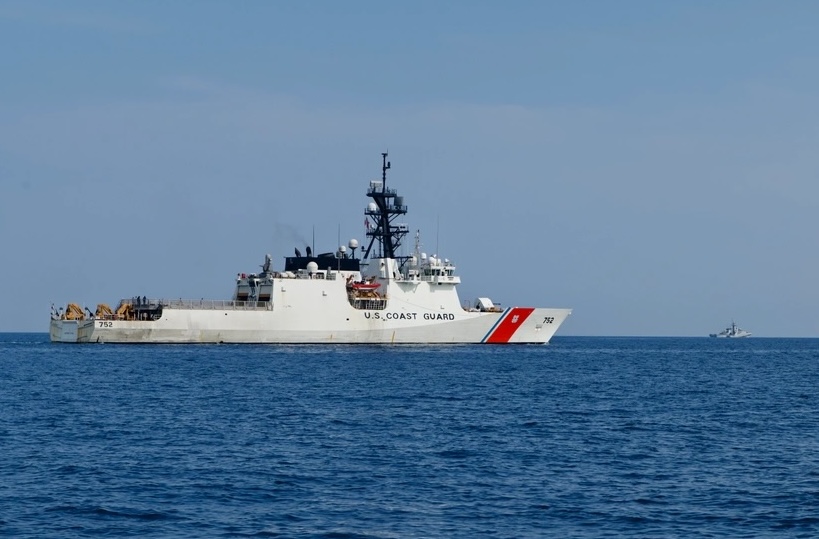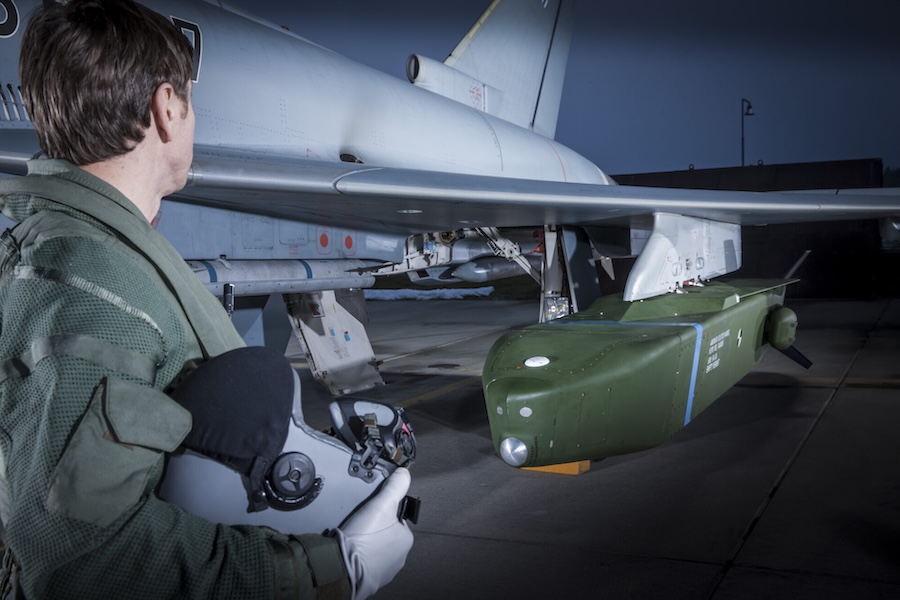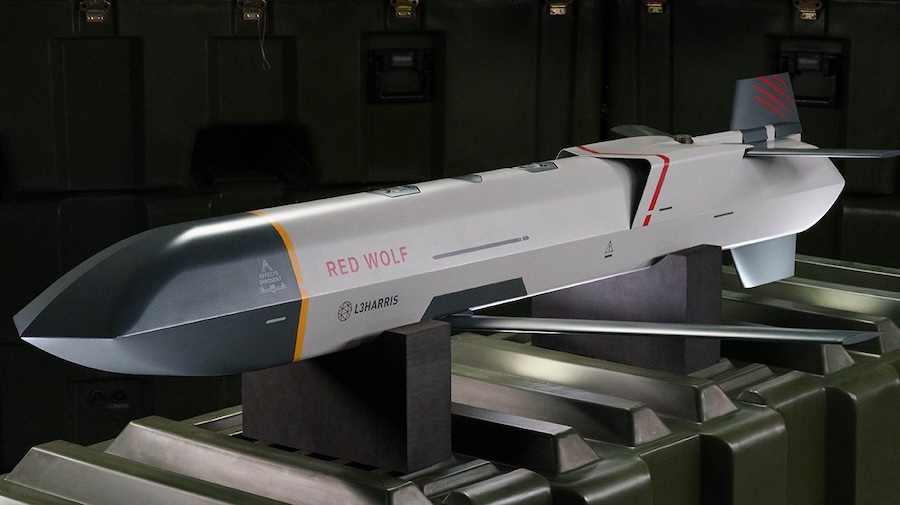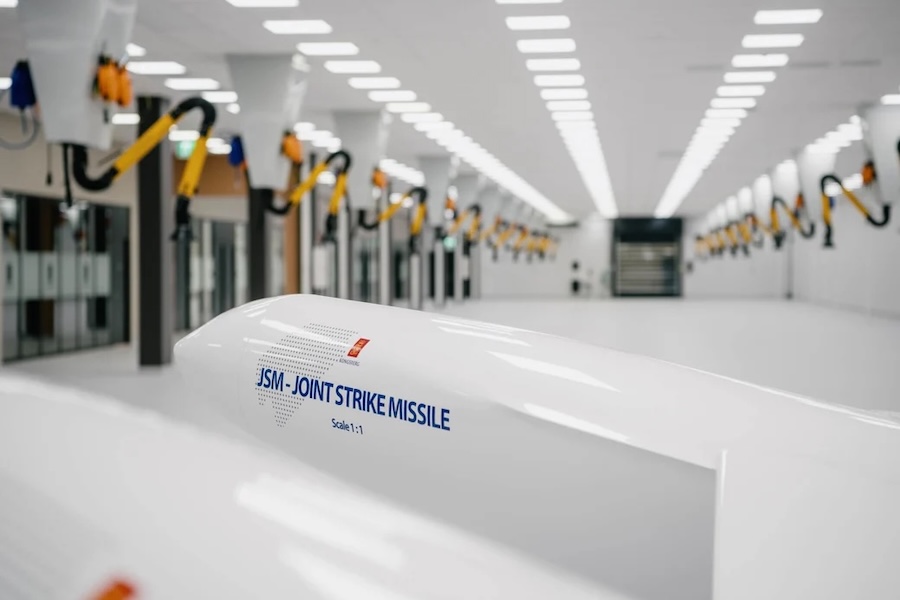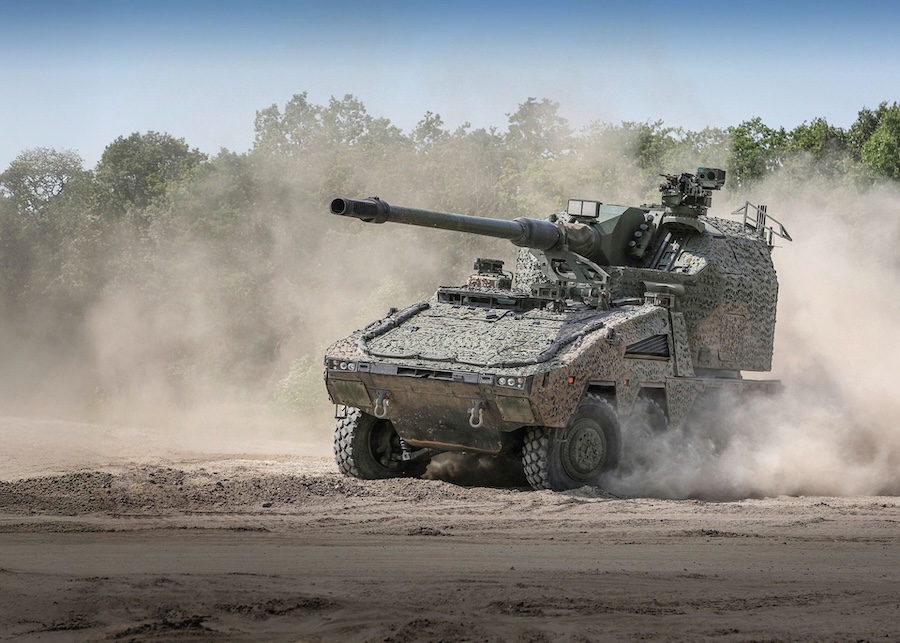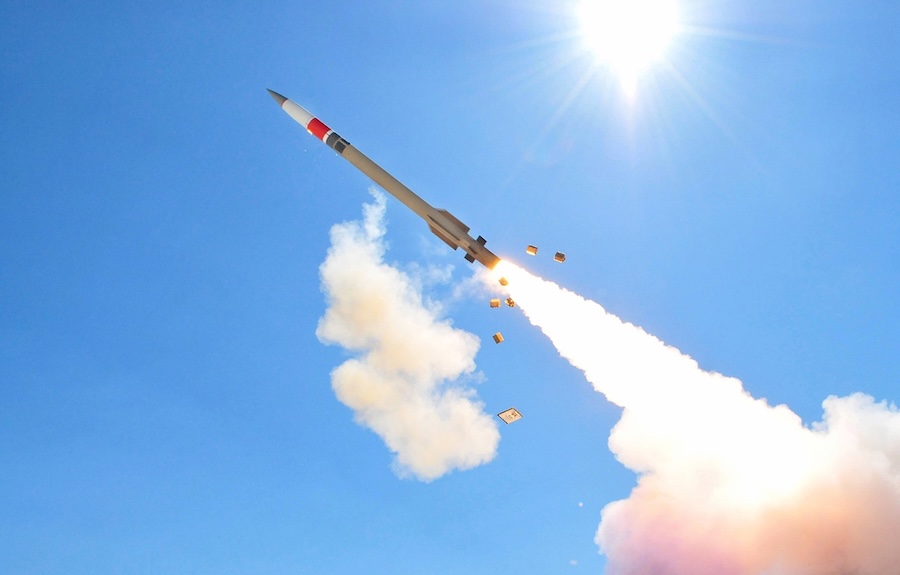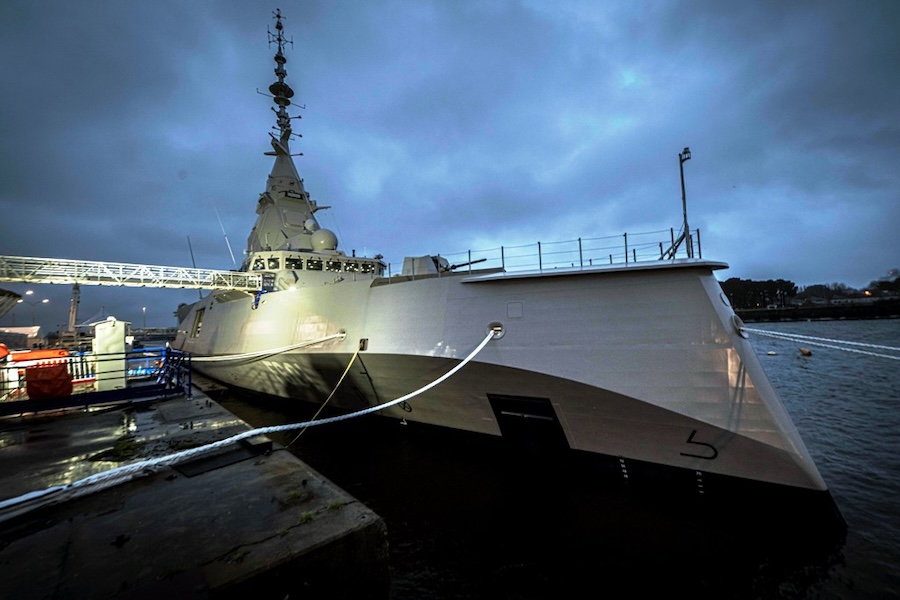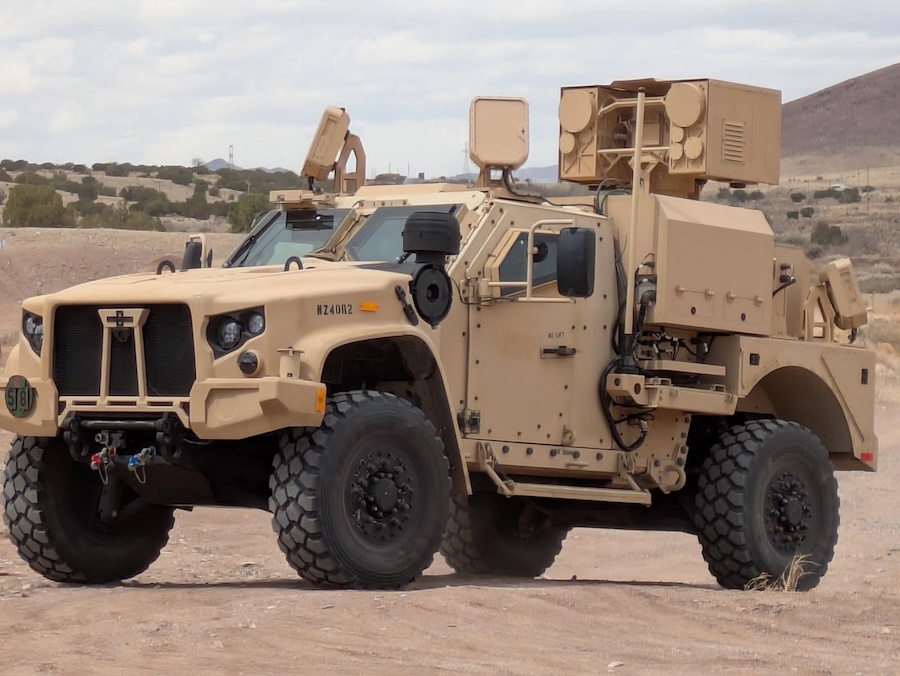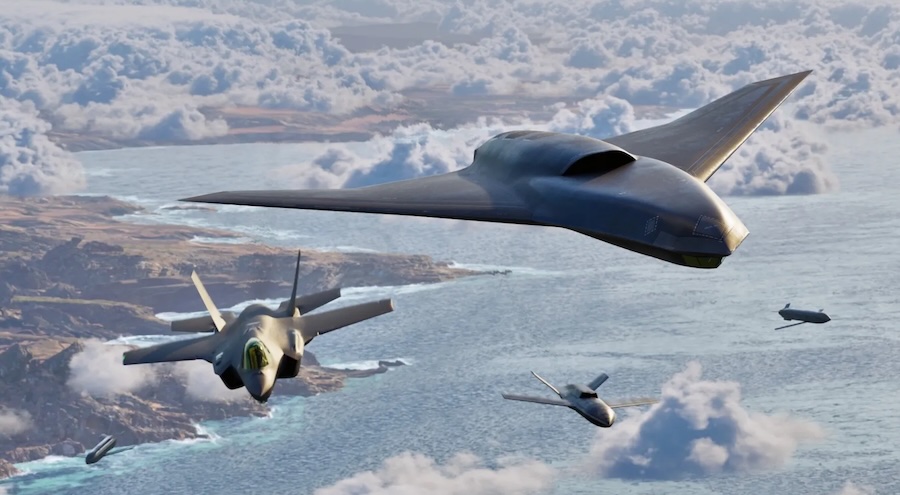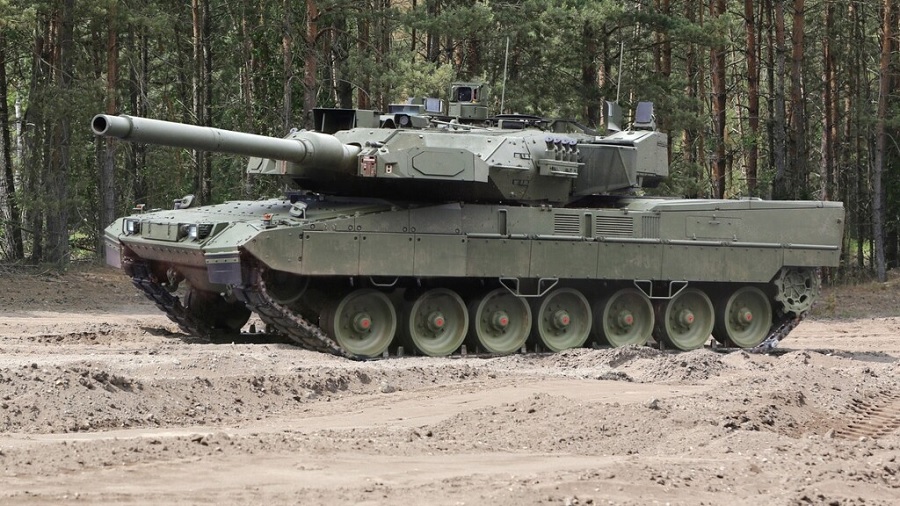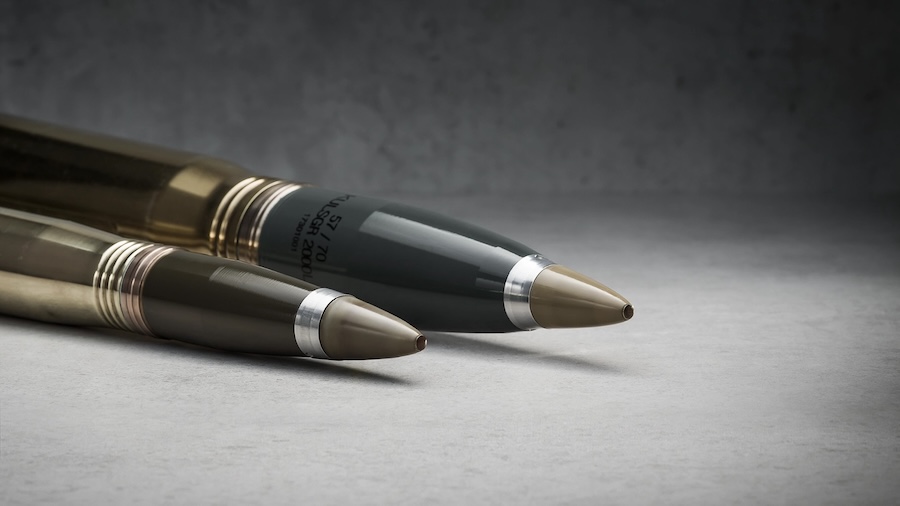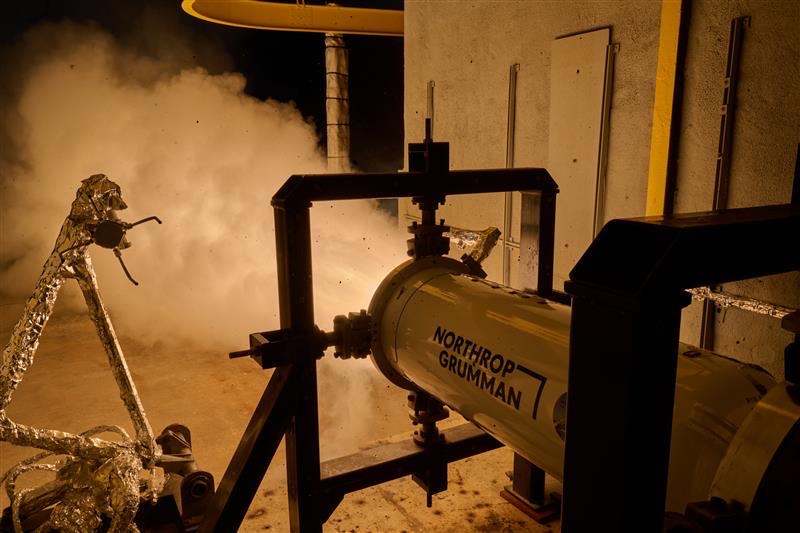The first operational B-52 was delivered to the 93rd Bomb Wing at Castle Air Force Base, California, following a seven-hour training mission from the Boeing Moses Lake testing facility at Larson AFB, Washington. Although AFGSC had not yet been established at the time, the mission signified the birth of principles that now define the command: strategic deterrence, long-range strike, and bomber readiness.
The final B-52H model entered service in May 1961 and remains active today, demonstrating the durability of its original design and the Air Force’s commitment to modernisation. The aircraft’s iconic profile and nuclear-capable role continue to serve as a visible and credible deterrent for the United States and its allies.
“Since its creation, the B-52 has anchored strategic deterrence for the nation,” said Maj. Gen. Jason Armagost, Eighth Air Force and Joint Global Strike Operations Center commander. “As we celebrate 70 years of the BUFF, we look to the next model to serve as the physical embodiment of the idea of peace through strength and carry us into the 2050s.”
The upcoming B-52J model will incorporate significant upgrades, including a new engine, advanced radar, and modernised weapons systems. The Commercial Engine Replacement Program will see current TF33 engines replaced with Rolls Royce F130 engines to improve performance and reliability.
Additionally, the Radar Modernization Program will enhance systems used for navigation, weather avoidance, and air refuelling. The fleet will also be equipped with the long-range standoff (LRSO) missile, set to replace the ageing air-launched cruise missile and bolster nuclear deterrence.
These enhancements will enable the B-52 to remain operationally relevant for decades, transitioning from the H-model to the reconfigured J-model. As it enters its eighth decade, the BUFF continues to evolve, standing not as a relic but as a modernised platform prepared for future missions.
Source: Air Force Global Strike Command.



